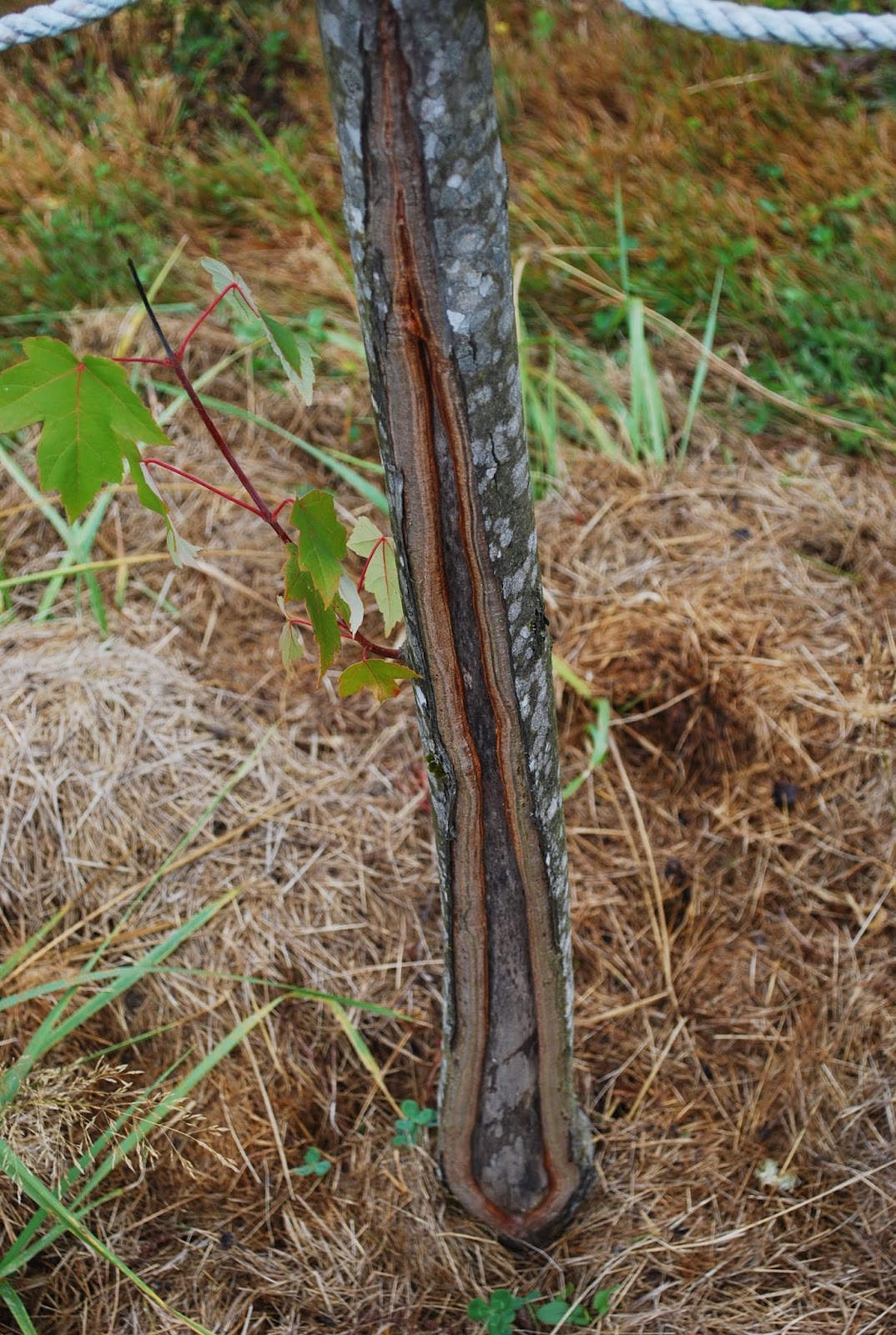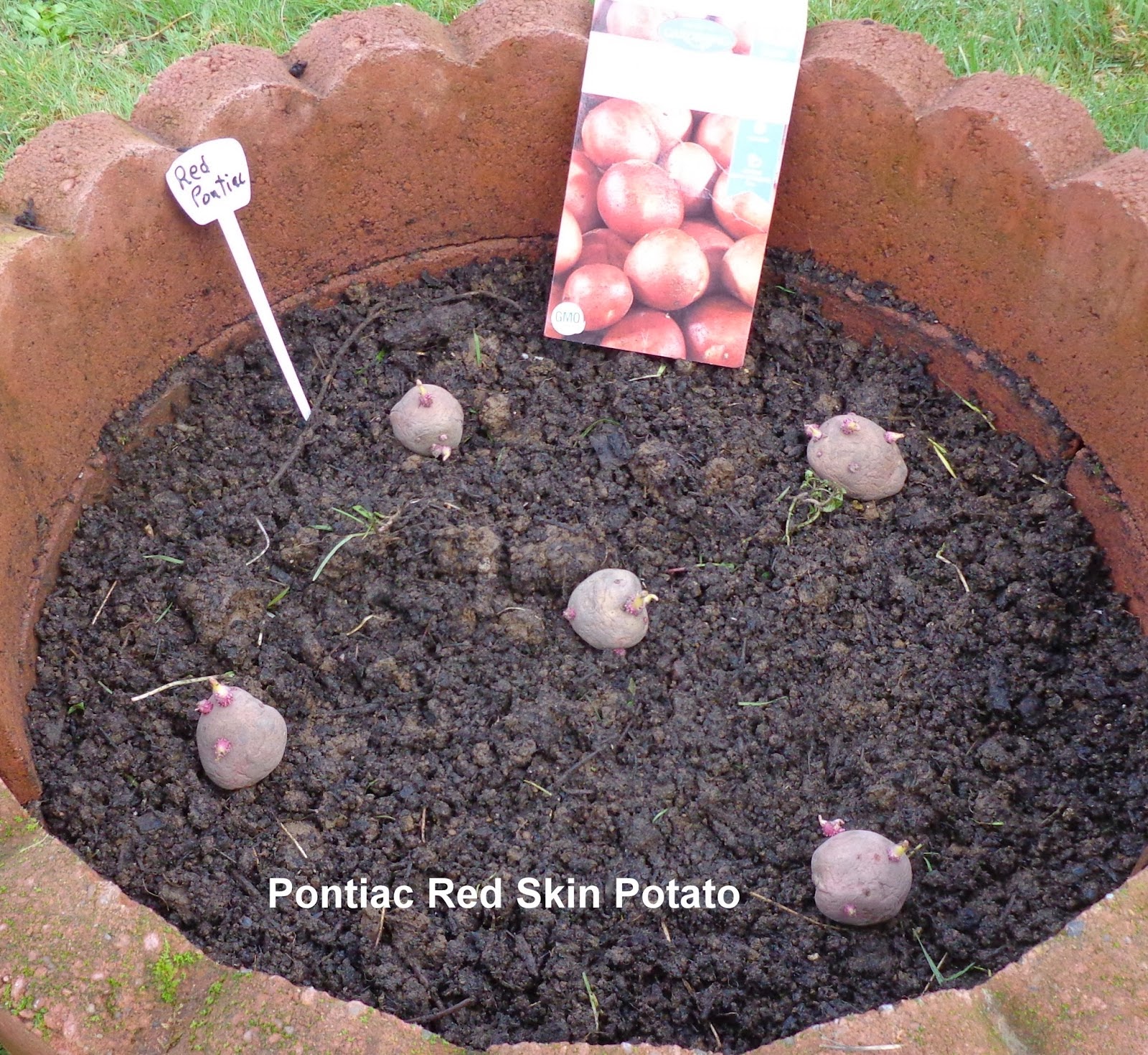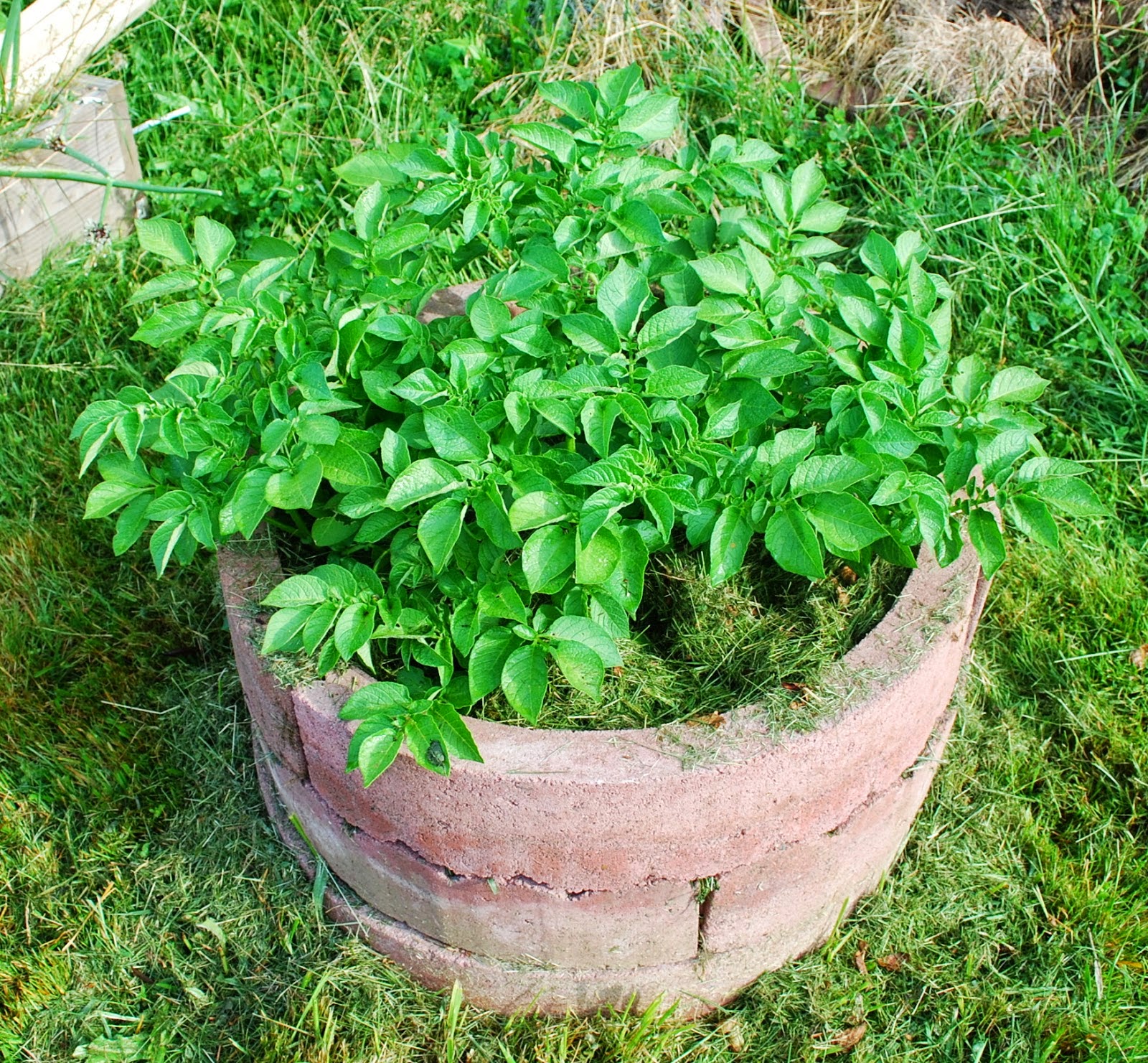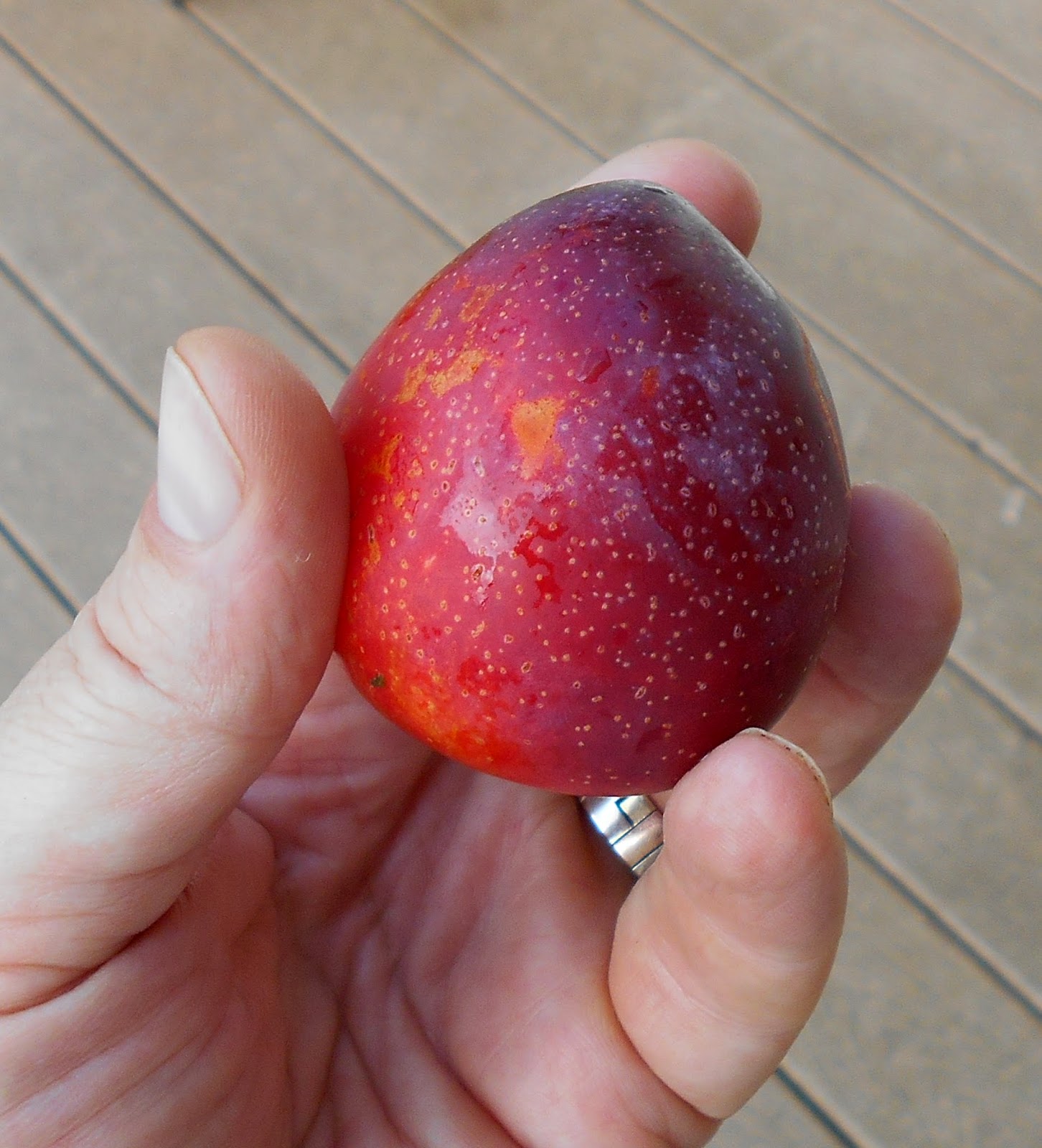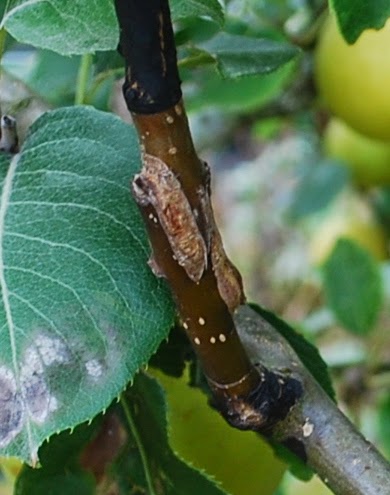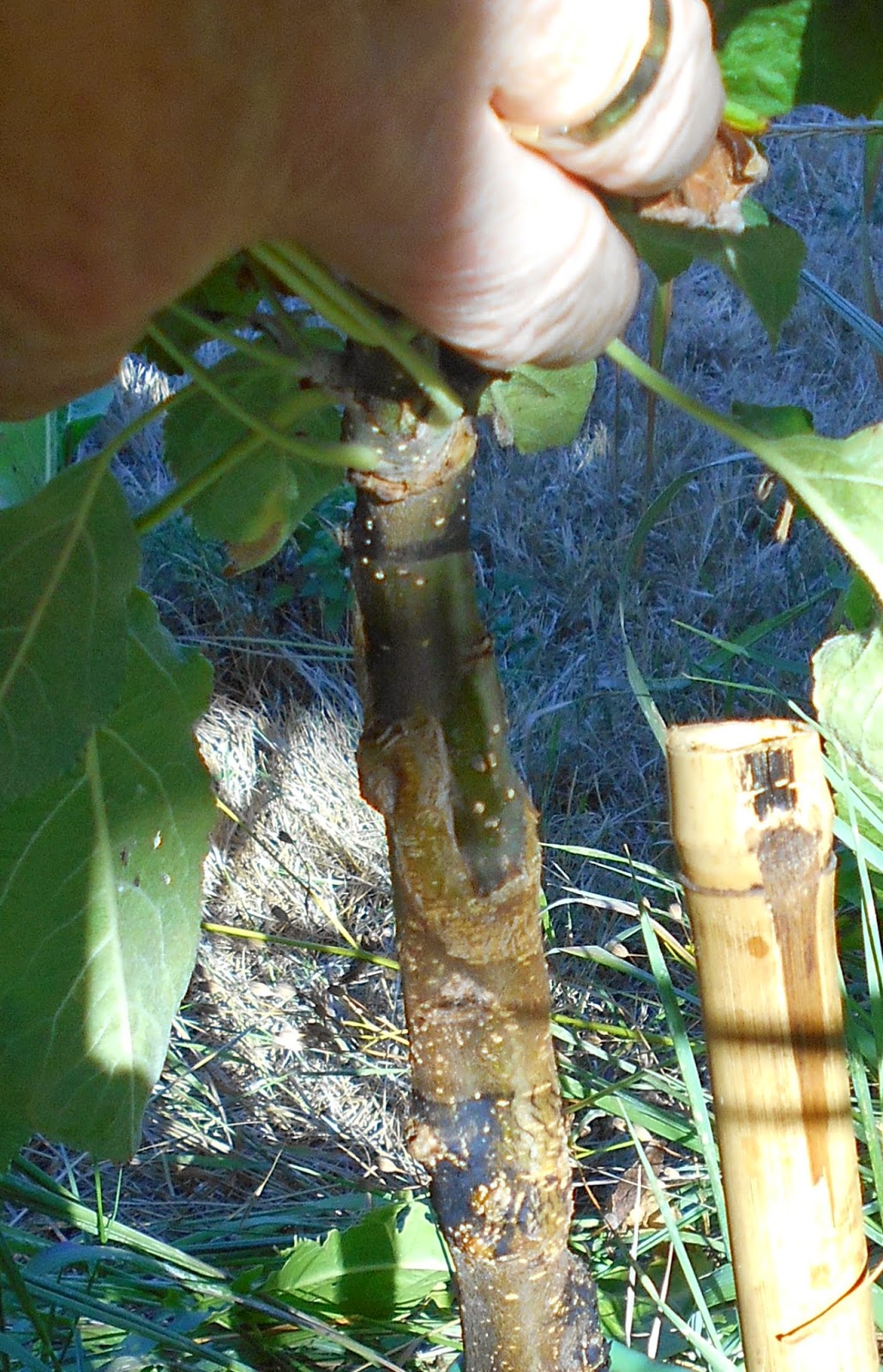 |
| Historic - mostly - Iris Beds. 9.1.14 |
 |
| Recovering Iris Plants. 9.1.14 |
 |
| Recovering Iris Plants. 9.1.14 |
 |
| Established vs. New Iris Plant. Honorabile. 9.1.14 |
Flavescens is poking along. This may not be a good variety for this area. I bought a replacement but the original regrew. The replacement is smaller than the original.
Alcazar is growing again. It's almost as big as it was last year. I thought it might be near-dead. I suspect it will need at least another year to get viorous growth. Assuming the plant disease issues are not a problem. These also got new, unamended, unenriched, replacement soil. The same for Shannopen, not shown. That one, formerly big stout fans, reduced to nothing, but a tiny shoot grew so I kept it.
The final photo shows the difference between 1st year and 2nd year growth, for spring planted rhizomes. This is sold as Honorabile but may be Sans Souci. I bought a replacement because the growth last year was so minimal. Despite the fungal issues with other plants, the overwintered cluster has much bigger leaves and better growth, compared to the rhizome I planted this Spring. I think this indicates the Spring planted rhizomes, even if they might bloom the first year, are more stressed and take longer to establish, compared to summer - dormant -rhizomes. This seems more true for the ones that are allowed to bloom the first year - makes sense, but the point of the Spring planting is to get same-year flowers.
New tags for all. These are copper, which is embossed with ball point pen. The steel markers with laundry marker faded too fast and will be reused elsewhere.



